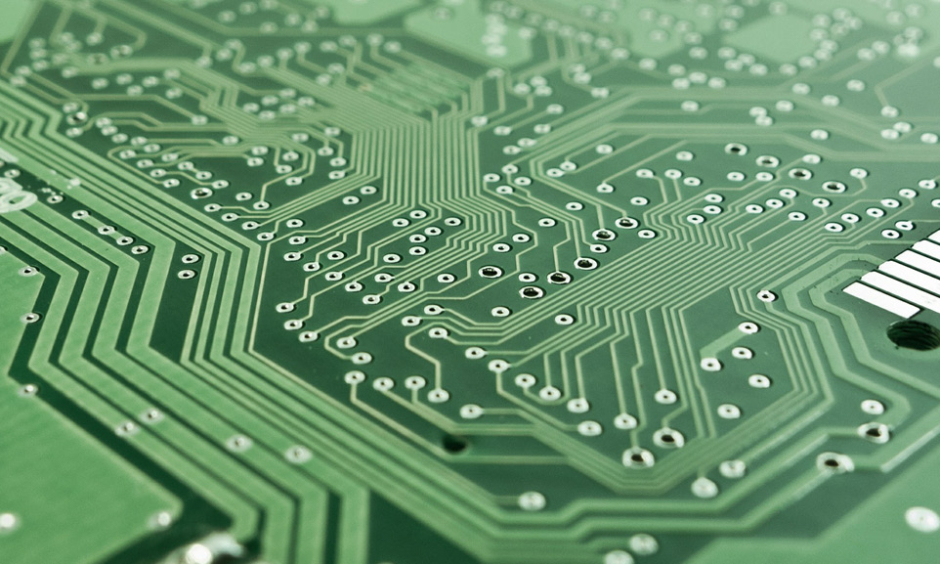REMOTE CONTROL of devices implanted deep within the body could be made possible using new technology created by researchers from Massachusetts Institute of Technology, Cambridge and Brigham and Women’s Hospital, Boston, Massachusetts, USA. These devices could be used to successfully deliver drugs or monitor body conditions for patients with many different medical needs.
Currently, many implanted medical devices require batteries, meaning the devices have limited lifespans and must be large enough to house the powerpack. Researchers have therefore explored the possibility of wirelessly powering implantable devices using radio waves emitted by external antennas. This technology has proved to be ineffective in previous studies due to the tendency of radio waves to dissipate through the body, failing to supply enough power to a device.
In this study, partly funded by the National Institutes of Health (NIH), the team devised an in vivo networking system, which used antennas to emit radio waves of different frequencies, enabling the waves to overlap and combine. The points of overlap successfully provided enough energy to power the implanted devices. This new technology also allowed the scientists to power multiple devices at once without needing to know the exact location of the sensors in the body. Using porcine models, it was shown that the antennas could send signals to a 10 cm-deep implanted sensor from up to 1 m outside the body; if the sensors were very close to the skin’s surface, this distance could increase to up to 38 m.
“Even though these tiny implantable devices have no batteries, we can now communicate with them from a distance outside the body. This opens up entirely new types of medical applications,” commented senior author Prof Fadel Adib, Massachusetts Institute of Technology. It is believed that this new method of powering implanted devices will enhance drug delivery and sensing and could be used to power devices in the brain for deep brain stimulation or to treat neurological conditions. The research team are now working to enhance this wireless power delivery, making it more efficient over greater distances, and noted the technology could improve applications for other tracking and communication requirements also.








